For the first time since planting durian in 2018, Mr. Duc revealed that his tree has produced fruit with "unbelievably" high profits, with one dong of capital invested returning five dong of profit.
Visiting the durian garden that was being harvested in mid-August, Mr. Doan Nguyen Duc, Chairman of Hoang Anh Gia Lai Joint Stock Company (HAG), said that this is a place that helps him relax when he is stressed.
"Visiting durian trees makes me happier than playing golf," Mr. Duc confided.

Bau Duc drove himself to take everyone on a tour of the durian garden in Gia Lai. Photo: Thi Ha
Growing durian since 2018, Mr. Duc has not shared information with anyone because after the ups and downs of life, he does not want to say anything in advance and only announce when he has achieved results.
Owning 1,200 hectares of durian including Musang King and Mong Thong Thai in Vietnam and Laos - Mr. Duc is the business owner with the largest durian garden in Southeast Asia. Of which, the durian area in Laos accounts for 80%. This year, the company has 40 hectares of Mong Thong durian bearing fruit for the second year with an output of 500 tons.
"I am selling the whole garden at 77,000 VND per kilogram. This 40 hectares will bring in about 35 billion VND this year," said Mr. Duc.
Although the revenue is not large compared to the scale, Mr. Duc said that the profit margin from durian is very attractive. He cited that in 21 hectares of fruiting trees in the second year, the company planned to spend 3.6 billion VND a year, of which 18 billion VND was from selling durian for this year's crop. After deducting costs, the pre-tax profit of these 21 hectares reached 14.4 billion VND. Thus, for every dong of capital he invested, he earned 5 dong in profit. "No one believes it, but this is the reality recorded in the company's accounting books," Mr. Duc emphasized.
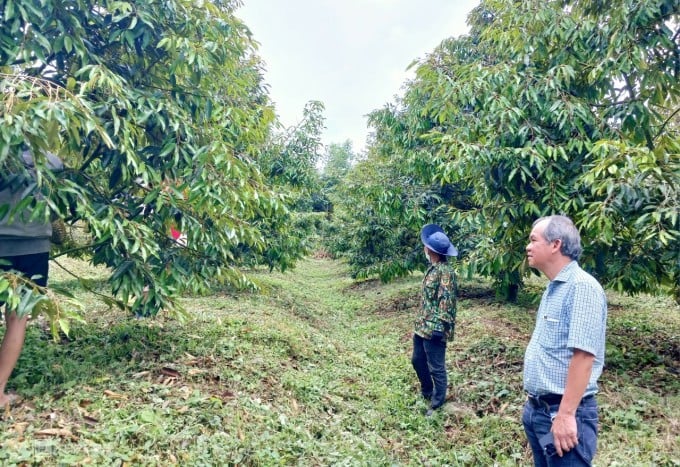
Bau Duc observes workers checking durian at a garden in Gia Lai. Photo: Thi Ha
As the owner of 40 hectares of durian in the Central Highlands, Mr. Cuong in Gia Lai assessed that the profit from Mr. Duc's durian gardens this year is still modest. The reason is that Mr. Duc's garden has only been harvested for the second year, so the yield is low. From the fourth year onwards, each hectare of durian can yield 20-35 tons. At that time, the profit from durian will be even higher.
"My 40 hectares of durian this year are yielding nearly 40 tons per hectare. With a selling price of 70,000 VND per kilogram, I earn more than 100 billion VND," said Mr. Cuong.
Expecting that durian will help Hoang Anh Gia Lai stand firm like a "three-legged stool", Mr. Duc said the company is focusing on this fruit, in addition to growing bananas and raising pigs.
In 2024, durian will be a major contributor to the company's revenue when 50% of the area will bear fruit. In particular, Musang King grown in Laos is expected to have high productivity and be exported to China. With a cost price of 14,000-20,000 VND, each kg of durian sold on the market for 30,000 VND is profitable.
Concerned about the possibility of durian "bumper harvest, low price" or competition with Thailand, the Philippines, and China, Mr. Duc said that the market demand is very large. Currently, the durian supply from Southeast Asian countries to the Chinese market only meets 10% of the country's population.
Meanwhile, the first durian harvest in Hainan Island (China) only reached 50 tons, accounting for 2% of their previous estimate. With Thai and Philippine durians, there is only one crop a year in June, so Hoang Anh Gia Lai's products seem to have no competitors. According to him, the company's durians are mostly grown in Laos, at an altitude of nearly 1,000 m, and the durian harvest season is only in October and November, at which point he is "alone in the market".
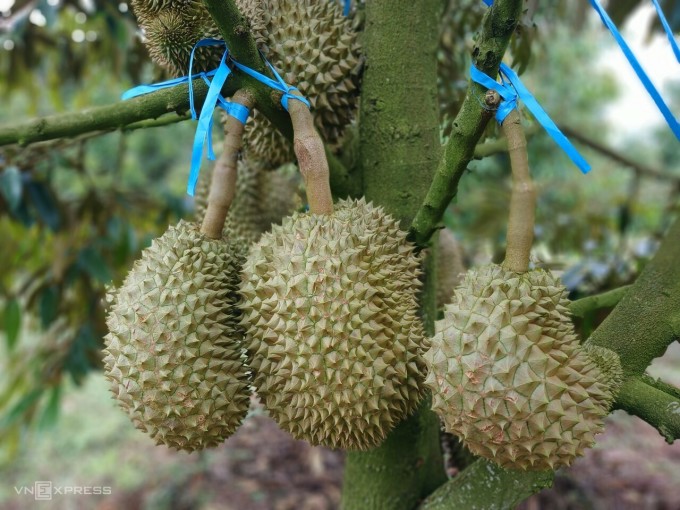
Bau Duc Company's durian garden is currently yielding 40-70kg per tree. Photo: Thi Ha
With three main pillars of durian, banana and pork, Mr. Duc expects that by 2024, Hoang Anh Gia Lai can double its revenue and profit to thousands of billions of VND.
As of June 30, the company had a total banana acreage of 7,000 hectares. To increase productivity, he introduced a policy of rewarding 1,200 VND for each kilogram of bananas exceeding the output. Thanks to that, banana export revenue in the first 6 months of the year increased by 16% compared to the same period in 2022.
In the first 6 months, Mr. Duc's company recorded revenue of 3,147 billion VND, gross profit of 638 billion VND, up 54% and 37% respectively compared to the same period last year. Of which, profit from pig farming was about 97 billion VND, fruit trees were 485 billion VND and 56 billion from the supporting industry.
Walking around the banana plantations for concentrated pig farming, Mr. Duc said that each banana and durian leaf is watered with nutrients from wastewater from pig farming, which has been treated. He said that these banana gardens are yielding 20% more than the same period last year without using any chemical fertilizers.
Bau Duc said that to have this circular agricultural model, expert Tran Van Dai - Director of the Livestock Program of Hoang Anh Gia Lai - has been researching for the past six months.
Mr. Dai and experts from the University of Agriculture and Forestry have created hydrolysis biotechnology to treat by-products, contributing to solving the problem of waste treatment costs and creating a natural environment.
Mr. Dai said that this model helps the company not waste by-products but also creates high value when reusing them for the environment. It is a closed cycle. Previously, the company's banana waste had to cost billions to treat when dumped, but now it is used to make powder for pigs. Pig wastewater had to be treated with a lot of effort but did not reach absolute standards, now it is fully utilized after treatment. In which, the treated water is watered for plants, and the manure is composted to create nutrients for the soil to help plants grow naturally and productively, without polluting the environment.
"With the circular agriculture model, Hoang Anh Gia Lai is turning by-products of one industry into main raw materials for another industry," said Mr. Dai.
Thi Ha
Source link


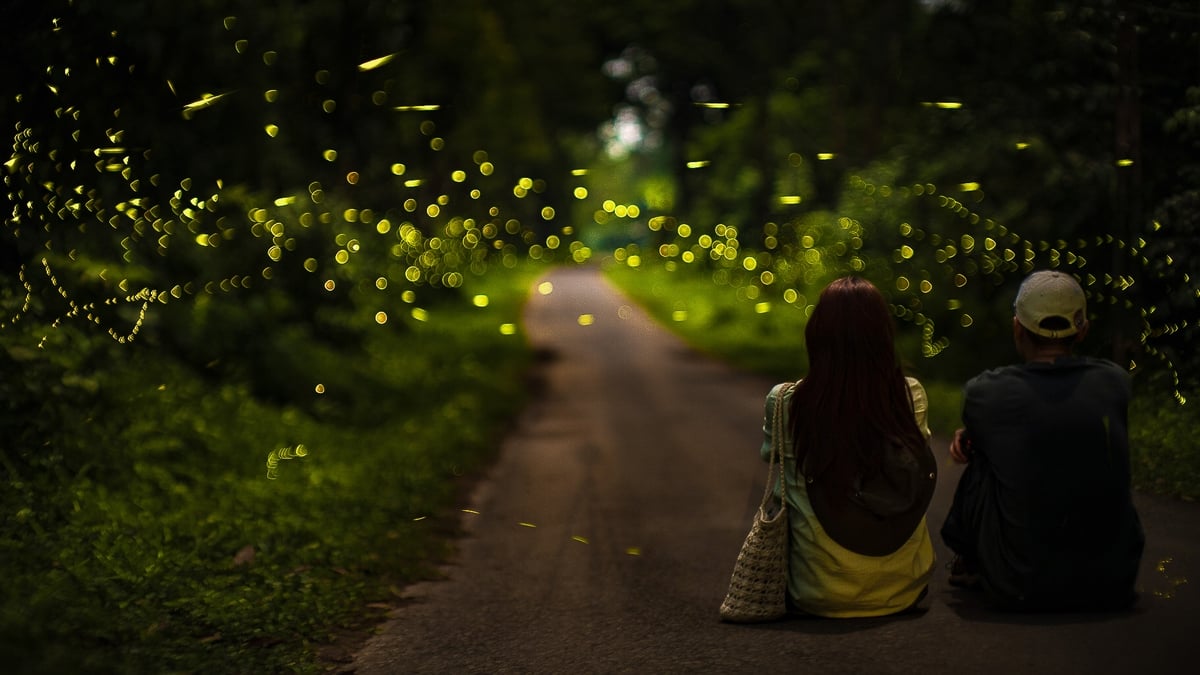
![[Photo] Prime Minister Pham Minh Chinh receives Ambassador of the French Republic to Vietnam Olivier Brochet](https://vphoto.vietnam.vn/thumb/1200x675/vietnam/resource/IMAGE/2025/5/13/f5441496fa4a456abf47c8c747d2fe92)
![[Photo] President Luong Cuong attends the inauguration of the international container port in Hai Phong](https://vphoto.vietnam.vn/thumb/1200x675/vietnam/resource/IMAGE/2025/5/13/9544c01a03e241fdadb6f9708e1c0b65)
![[Photo] Prime Minister Pham Minh Chinh meets with US business representatives](https://vphoto.vietnam.vn/thumb/1200x675/vietnam/resource/IMAGE/2025/5/13/5bf2bff8977041adab2baf9944e547b5)
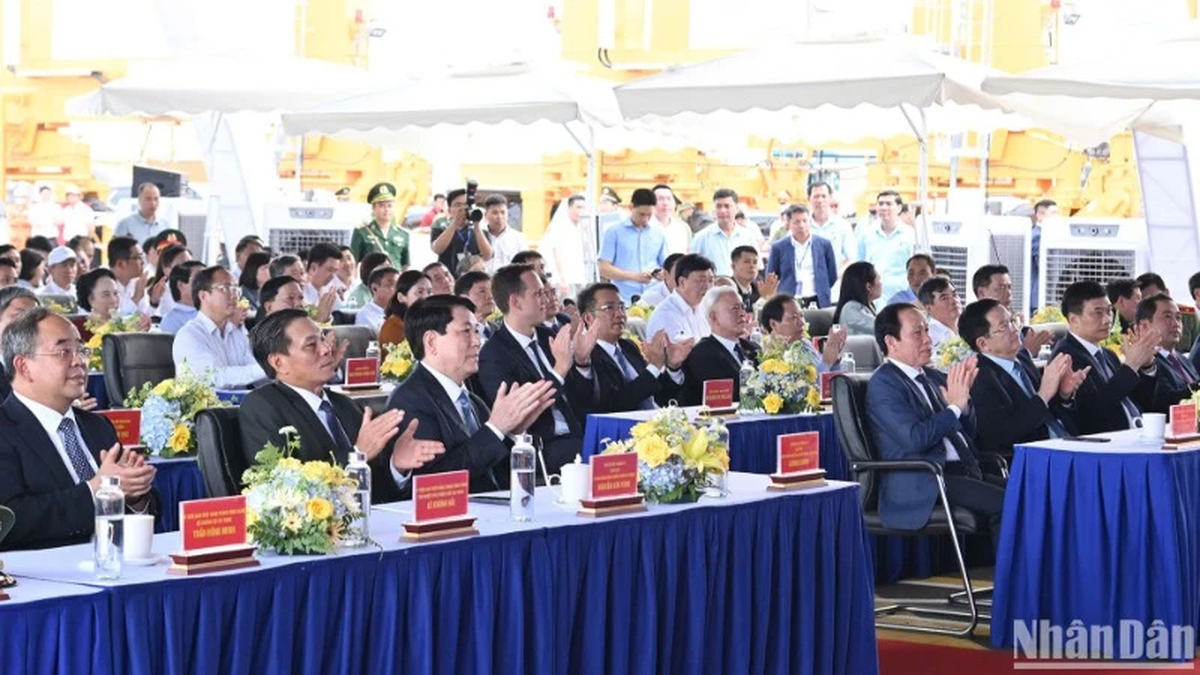
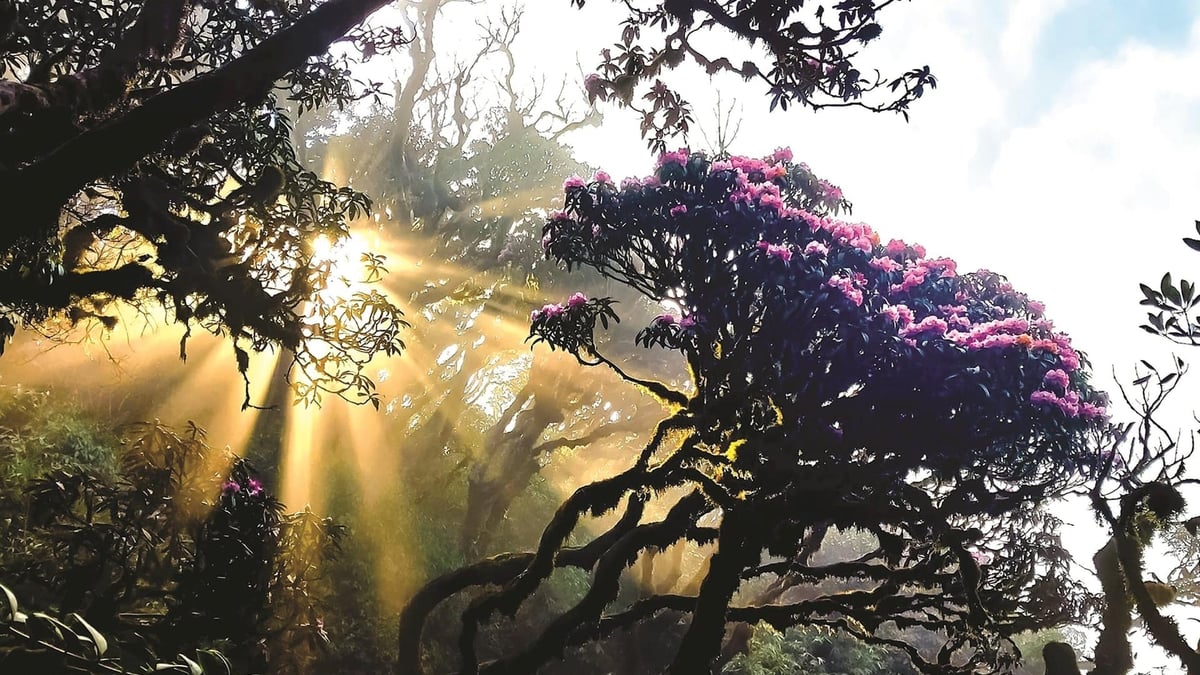
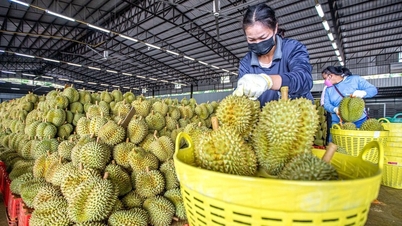


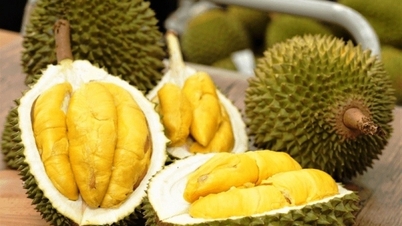



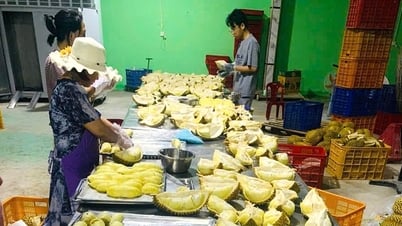



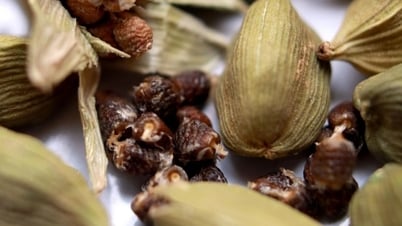
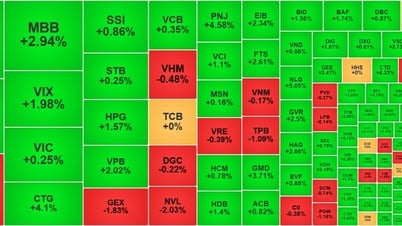
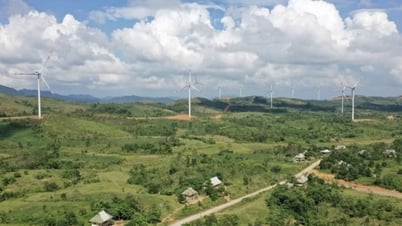
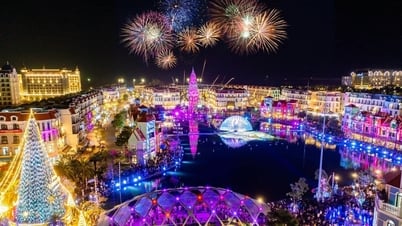












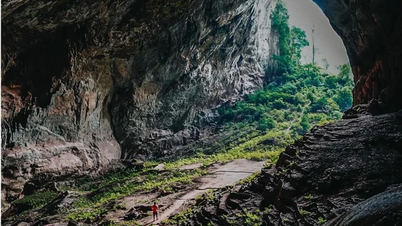

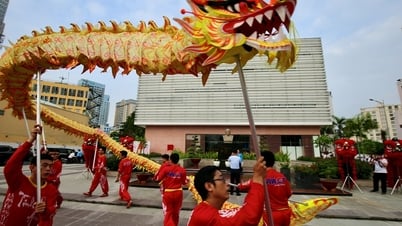

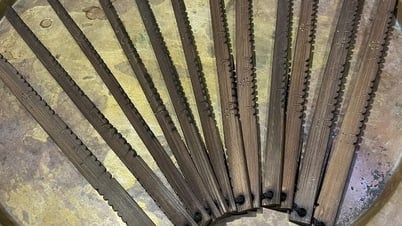

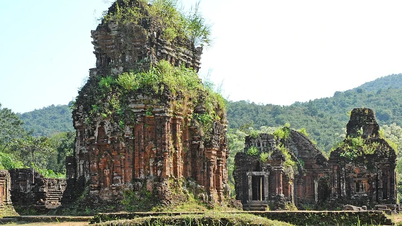

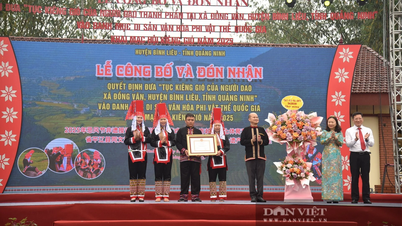

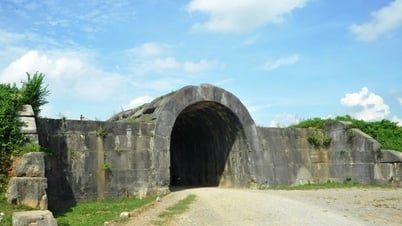
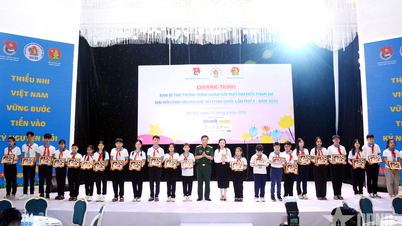


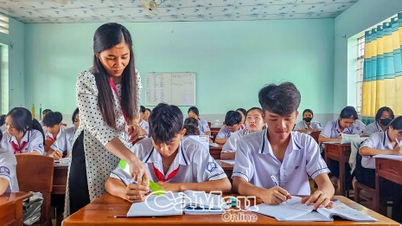

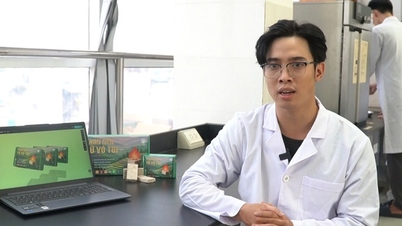

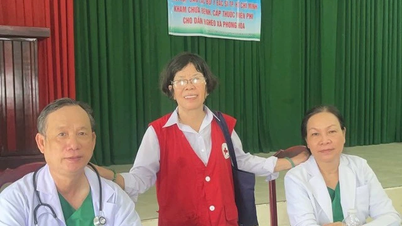

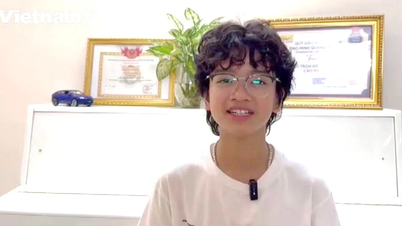



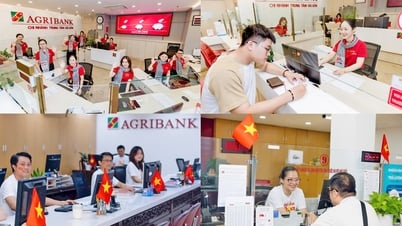


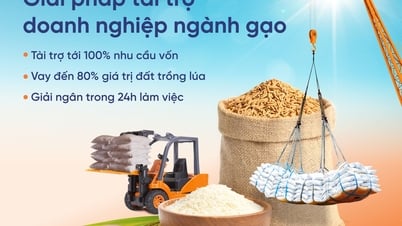
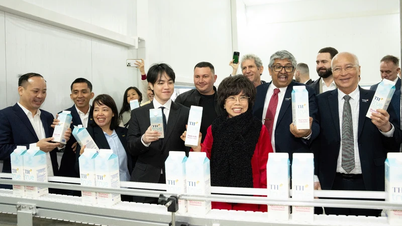



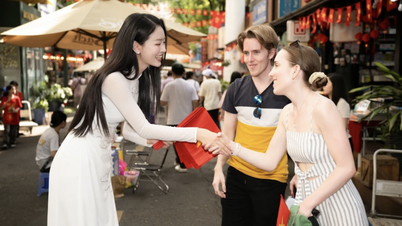



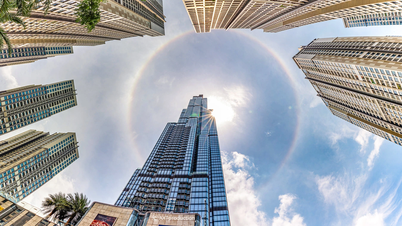





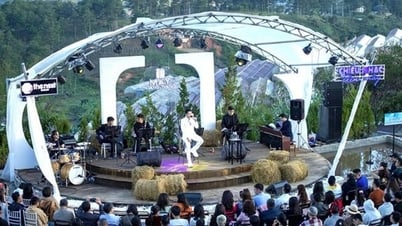



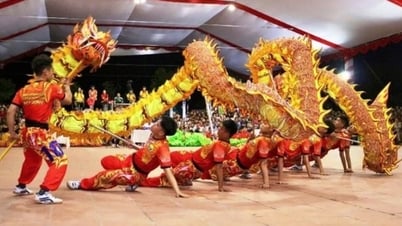
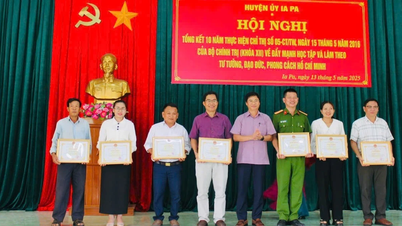


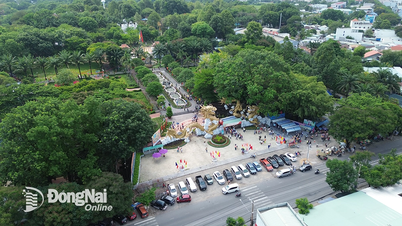

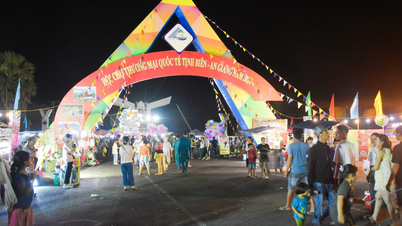




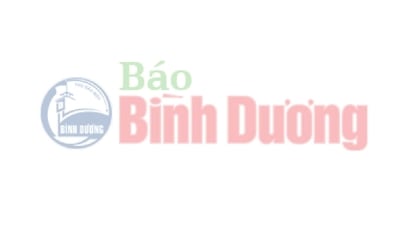

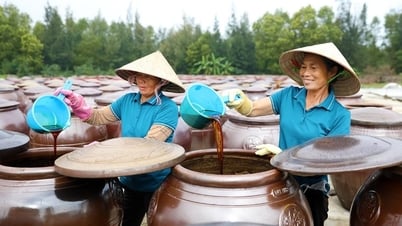

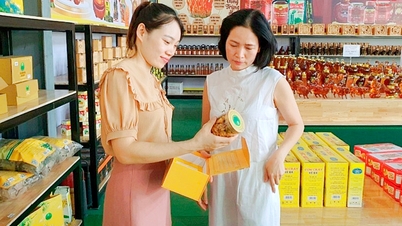

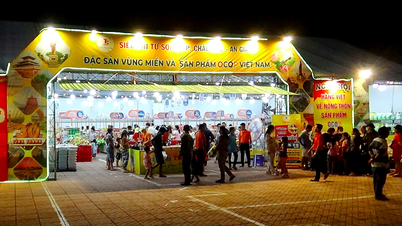

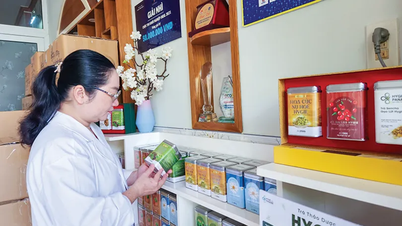

Comment (0)